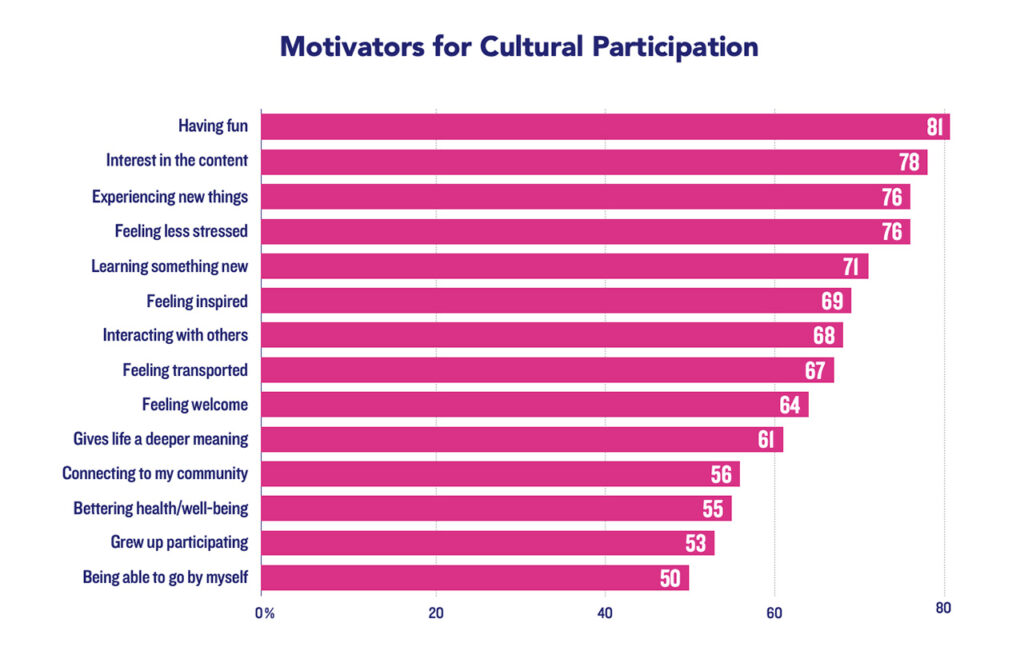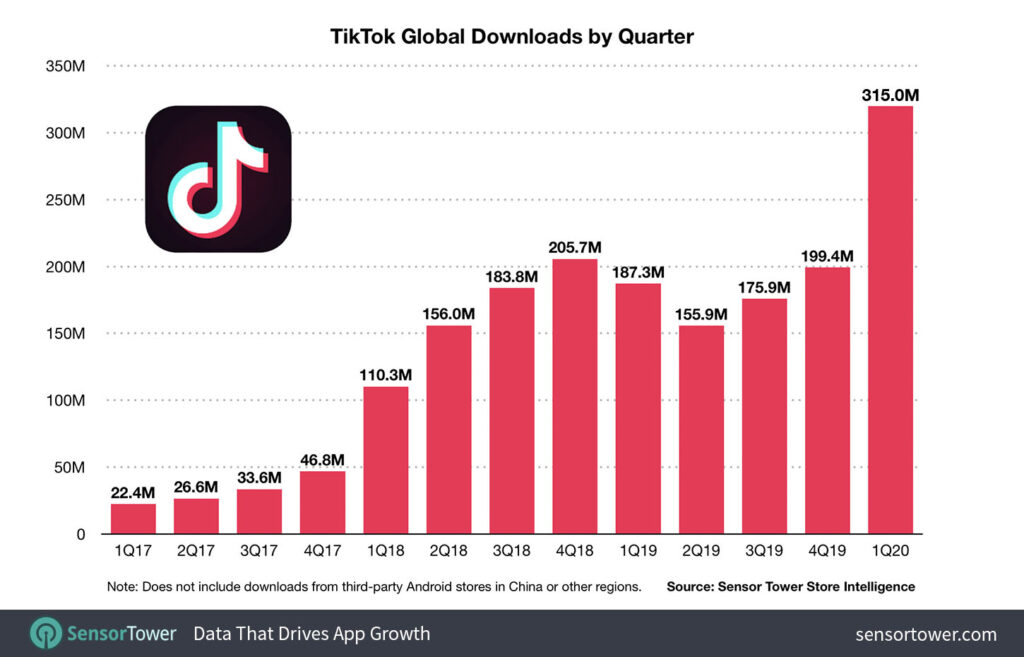Cultural institutions faced mounting crises in 2020. First came a pandemic that shuttered doors and fundamentally transformed audience connections. Physical lockdowns catalyzed an industry-wide search for new digital strategies, many of which will endure and evolve, thereby redefining public engagement. As weeks turned to months, organizations, irrespective of size or status, faced a financial squeeze not experienced since the 2008 financial crisis. Then, in early summer, institutions were forced to confront their own complicity in racial inequity and injustice, against which mass protests were launched.
The coming year may “normalize” physical visitation at cultural destinations, but the crises faced in 2020 have posed vital questions, many of which have been unanswered for too long. Here are six pointers for cultural organizations to consider in 2021.
(Re)build internal relationships
The sector’s pivot to digital was a bright spot in a year that challenged the very mission of cultural institutions. But sweeping museum layoffs — 44 percent of U.S. museums had reduced staff by June — has increased pressure and workload on fewer workers. The teams who made such innovations possible need new, more compassionate internal systems. Museums need to be more intentional with capacity and tasks. Mental health must be prioritized.
Industry Insight: “The misunderstanding is that by doing things online, there is less to do. There’s a need to broadly increase digital literacy and tear down department silos. It’s even more important to find ways to be consistently connected across departments through process and also in building relationships.” — Lori Byrd-McDevitt, 1909 DIGITAL, Co-Founder

In a June 2020 survey by the American Alliance of Museums on the impact of COVID-19 on U.S. cultural institutions, 87% the 760 museums surveyed reported financial distress. Image: AAM
Rethinking inclusivity and following through on 2020 pledges
Museums have always been socially engaged organizations focused on public education — or, at least, that’s how they present themselves. Amidst the racial justice protests that swept the U.S. (and much of the Western world) in the summer, museums came under intense scrutiny for long-term failures in areas of inclusivity and diversity. A wave of pledges promised to redress such failings, but the true test will come as museums fully reopen and restart community programming.
Industry Insight: “We have always had a diversity and inclusion statement. We went back to it, and made sure it makes sense with what is going on. Hire, manage, and lead inclusively — that is the best way to foster a positive work environment. Connect and provide services that link with social justice.” — Ash Harris, San Antonio Zoo, Vice President of Guest Experience
Embracing edutainment and facing the competition
As shuttered museums shifted focus to producing digital content, they found themselves in league with entertainment giants such as Netflix. The same shift has been taking place with physical cultural experiences. Museums don’t have a monopoly on art experiences and compete with organizations offering non-traditional “art” experiences — think Museum of Ice Cream or Hudson Yards’ Vessel. As physical cultural experiences return in 2021, audiences are going to fundamentally reevaluate how they spend time and money — enjoyment, not education will likely be the priority.
Industry Insight: “People go to museums to have fun. The success of immersive Disneyland experiences [i.e. teamLab, L’atelier des Lumières] shows people have a need for mixing education and entertainment. Museums need to go out of their walls and reflect society and hear what people are asking.” — Sylvain Levy, DSL Collection, Co-Founder

Culture Track’s 2017 report found that “having fun” was the main driver of cultural participation for a vast majority of respondents. Image: Culture Track
Consider TikTok — no, seriously!
ByteDance’s short-video app is no longer purely the domain of lip-syncing tweens and twerking teens. With more than 800 million global users, it reaches more people than Twitter and Reddit combined, and holds users for an average of 52 minutes daily, similar to Facebook and Instagram. Demographics shifted dramatically under lockdown with more than 30 percent of users now aged 30 to 49. Cultural organizations are joining the platform and finding success. Florence’s Uffizi, musical sensation Hamilton, England’s Royal Opera House, and San Diego Zoo reach hundreds of thousands of followers with each video. TikTok is now a viable distribution channel for arts organizations, offering big returns for limited resource investment.
Industry Insight: “Our goal with all social media is to build brand awareness, explain what natural history means, and get people in our doors. We decided to try TikTok, we had hundreds of thousands of viewers before we knew what was going on. We are only seven people, and do all the marketing and the PR.” — Sloan MacRae, Carnegie Museum of Natural History, Director of Visitor Services.

TikTok tops 2 billion downloads in the first quarter of 2020. Image: Sensor Tower
Balance physical/digital membership offerings
Membership is an essential financial support for cultural institutions, generating 4.5 times the value of regular visitors. Lockdowns and lingering visitation hesitation have denied core membership benefits, leading many to diversify membership programming with virtual offerings — and member retention has remained stable. In addition, newly created digital memberships have lowered costs for museums, generated new revenues, and attracted Millennial audiences. New digital programming has created member expectations, ones that will need to be balanced against the costs of physical reopenings.
Industry Insight: “Even as visitors return to museums, we’ll find ourselves in a hybrid environment where organizations balance allocating resources to both the physical and the digital. It will be important for museums to make a series of low-risk investments and experiments to determine what is sustainable and what appeals to their market.” — Brendan Ciecko, Cuseum, Founder and CEO
Normalize pre-bookings and collect visitor data
Cultural destinations transformed themselves to facilitate summer reopenings. While health measures such as sanitation stations and mandated visitor flows may be fixtures of the COVID era, timed ticketing and pre-booking have long-term value. Incentivizing, or even mandating, online bookings should be considered. It reduces overcrowding and helps destinations understand and maintain contact with their visitors.
Industry Insight: “The digitization of tourism management has been important to the recovery of tourism; pre-booking, submitting your name and contact information has good marketing potential for museums to learn who’s visiting and stay in touch in the long-term.” — Sienna Parulis-Cook, Dragon Trail Interactive, Associate Director of Communications



